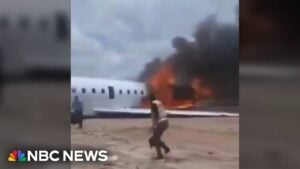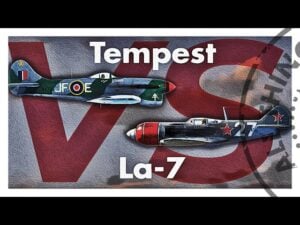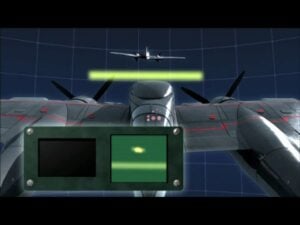The Photo Pilot Who Became a Legend After Destroying 40 Enemy Planes in WWII
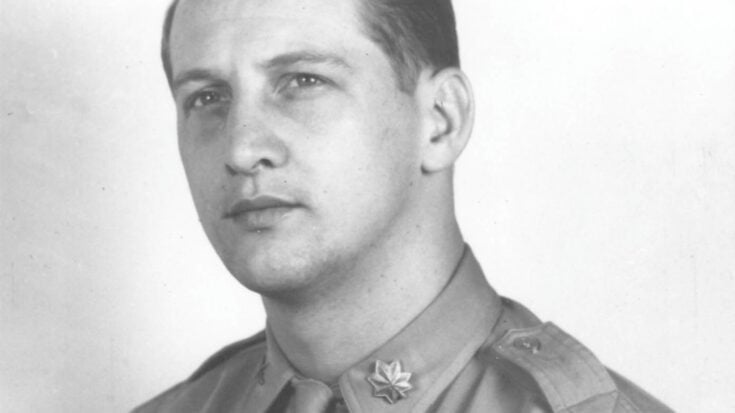
U.S. Air Force Historical Support Division, Public domain, via Wikimedia Commons
From Quiet Beginnings to the Skies of War
William A. Shomo grew up in Pittsburgh, Pennsylvania, a boy fascinated by machines, speed, and the freedom of flight. As a young man, he joined the United States Army Air Forces when World War II reached the Pacific. His role was not meant to be heroic. Shomo was trained as a photo reconnaissance pilot, assigned to fly over enemy territory, take photographs, and return home safely. Combat was to be avoided at all costs. His aircraft, a modified P-51 Mustang known as the F-6, carried cameras instead of extra guns, prioritizing altitude, stealth, and range over firepower. Every flight was dangerous. Flying alone or in pairs deep into enemy airspace left little room for mistakes.
Despite the risks, Shomo’s natural curiosity and courage pushed him beyond the limits. He often flew lower and faster than regulations allowed, capturing images of hidden airfields, supply convoys, and military installations. By 1944, he had completed more than 200 missions in the South Pacific. His daring earned him the nickname “Crazy Bill” among his squadron, a mixture of admiration and disbelief. Yet even his fellow pilots did not know that his most remarkable feat would occur in the final months of the war, far from home, over the islands of the Philippines.
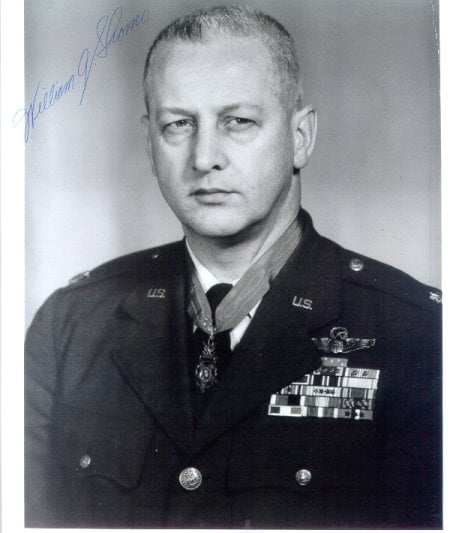
A New Mission in the Philippines
In January 1945, Shomo was transferred to lead the 82nd Tactical Reconnaissance Squadron in Luzon. Allied forces were advancing, but Japanese resistance remained strong in both ground and air. Shomo’s mission was to provide reconnaissance for the army, photographing enemy positions. Though he had been promoted to major, Shomo preferred the cockpit over command posts. His Mustang, silver and scarred from earlier missions, became his station, and every flight carried a silent promise: he would bring back useful intelligence, or he would not return at all.
Reconnaissance missions were typically uneventful in combat terms, and pilots were instructed to avoid engagement. Enemy aircraft appeared on January 11th while Shomo and his wingman, Lieutenant Paul Lipkcom, photographed airfields near Apari in northern Luzon. On the horizon, Shomo spotted a formation of twelve enemy bombers, escorted by fighters. The two American planes faced thirteen armed aircraft, a seemingly impossible mismatch. Orders and logic dictated retreat. But Shomo’s instincts spoke louder. Calmly, he told Lipkcom, “Let’s get them,” and the mission changed from observation to history.
The Mustang Becomes a Weapon
Shomo dived into the formation with precision and speed. The first few moments were chaotic, bullets filling the sky and tracer rounds flashing around them. His wingman tried to follow, but Shomo’s aggressive maneuvers were nearly impossible to match. The enemy pilots were trained for combat, expecting dogfights with fighters, not photo planes. Shomo attacked with calculated bursts from his six .50 caliber machine guns. One bomber exploded in flames, another followed, and then another. Each movement was precise, using altitude, speed, and timing to remain almost untouchable.
For twenty minutes, the sky became a war zone. Shomo attacked from multiple angles, weaving through the formation, each move carefully planned. Bombers and fighters fell as he moved, and despite the overwhelming odds, he did not lose focus. His wingman contributed where possible, but the majority of the destruction came from Shomo himself. Observers on the ground later described the silver Mustang darting through the formation like a single, unstoppable force. By the end of the engagement, Shomo had destroyed seven bombers and three fighters, with additional aircraft falling under his wingman’s fire.
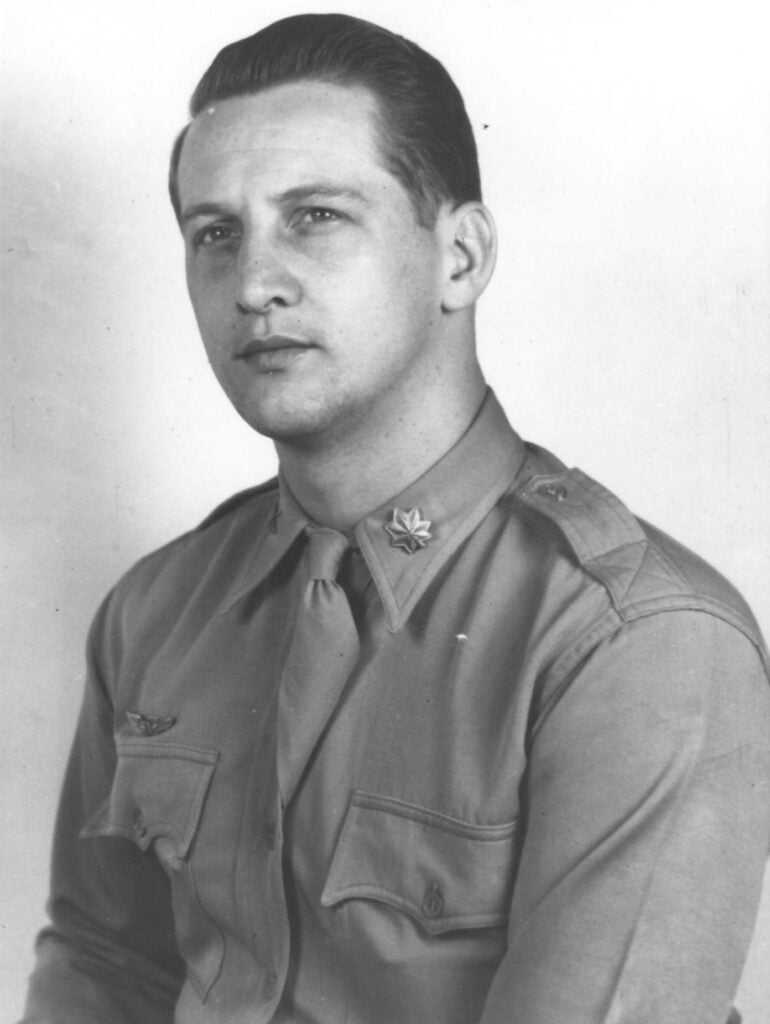
Against All Odds
The battle was far from over. Enemy planes attempted to intercept, but Shomo used his knowledge of his Mustang and the terrain to evade counterattacks. He spiraled, dove, and struck with calculated efficiency. Every bomber that tried to turn on him became vulnerable. By the mission’s end, Shomo had destroyed forty enemy aircraft, all in a plane intended only for observation. Despite the Mustang taking hits and sustaining minor damage, Shomo returned to base intact. Ground crews and officers were stunned. Reports from radar logs, intelligence, and enemy records confirmed the astonishing number. A pilot ordered to take photographs alone had decimated a massive formation of enemy planes.
Shomo remained composed during debriefing, insisting he “did what [he] had to do.” The operation was widely discussed in the Philippines, where enemy forces referred to a “silver demon in the sky.” Shomo’s success combined years of precision training, instinct, courage, and a willingness to defy the rules when necessary. Though his reconnaissance training emphasized observation, it had prepared him for discipline and focus, which translated perfectly into combat under extreme pressure.
Recognition and Legacy
The United States recognized Shomo’s extraordinary accomplishment. He was awarded the Congressional Medal of Honor, the highest military decoration, for his actions that day. Despite fame and accolades, Shomo continued flying reconnaissance missions without seeking the spotlight. His story serves as an example of the unexpected ways war can reveal extraordinary talent in ordinary individuals.
Military historians later studied the mission over Luzon as an example of decision-making under extreme pressure. Shomo demonstrated the difference between following orders blindly and acting decisively when circumstances demand it. His ability to turn a simple photography mission into a historic aerial victory illustrates the power of courage, skill, and careful judgment. William Shomo did not seek glory. He flew because he believed in making a difference when the opportunity arose. In the skies over Luzon, a camera became a weapon, a single mission became legendary, and a man changed the course of history.
















